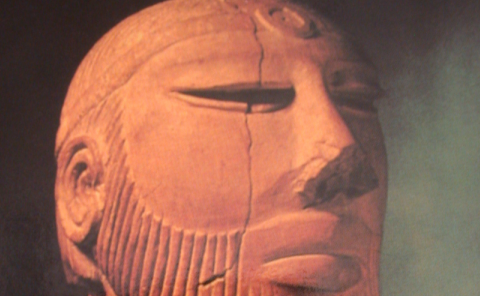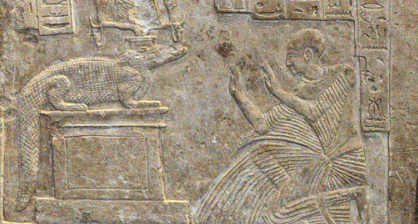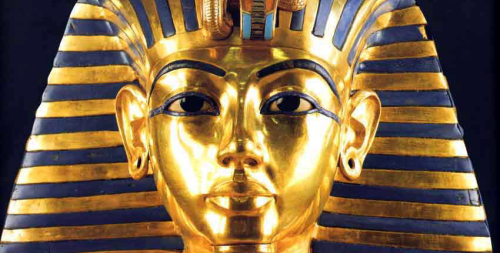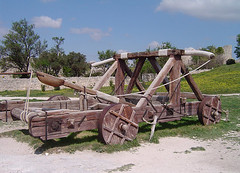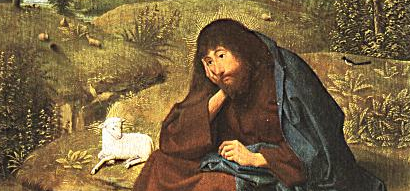When the 18th century Europeans started studying Indian history they found that the culture was ancient and it was accepted at face value. According to A. L. Basham, their goal was to link Indians with descendants of Noah and vanished empires of the Bible. Father Johann Ernst Hanxleden who worked in Kerala from 1699 – 1732 compiled the first Sanskrit grammar in European tongue. But it was Father Coeurdox who recognized in 1767 that Sanskrit was related to European languages and suggested that Brahmans of India were descended from one of the sons of Japhet.
Sir William Jones came to Calcutta in 1783. He rejected the view that languages like Persian and Sanskrit were derived from Hebrew. Another Englishman, Charles Wilkins learned Sanskrit and translated the Bhagavad Gita and Hitopadesa while Jones translated Sakuntala and Gita Govinda. Jones and Wilkins were followed by others who translated Sanskrit literature which generated great interest in Europe. In 1837 James Prinsep, an official at the Calcutta Mint interpreted the Brahmi script and was able to read the edicts of Asoka.
While all this was happening archaeology was non-existent in India. It started in large scale in the 20th century thanks to Lord Curzon who appointed a young archaeologist named John Marshall as the Director General of the Archaeological Survey. For the first time ancient cities started being discovered and John Marshall’s greatest achievement was the discovery of the Indus Civilization.
A new book, Finding Forgotten Cities: How the Indus Civilization was Discovered, tells the story of how Marshall was able to make his discovery.
John Hubert Marshall (1876-1958) was a Cambridge man trained in archaeology in the eastern Mediterranean region and was lucky to come to the notice of the new viceroy, Lord Curzon. He was to have the longest tenure at the head of the archaeology department in India, discovering almost all the sites from Harappa to Taxila that later received additional profile through comparative studies. Before him, Alexander Cunningham, the first director-general of the Survey in India, had obtained seals and coins — the coins were never found — from Harappa from odd travellers. He was inclined to connect them with the Buddhist legacy he had known, just as Marshall was inclined to connect them to the Mediterranean region.
Marshall’s assistants have to be mentioned because he himself didn’t go to the digs. Daya Ram Sahini, an expert on ancient Sanskrit, did excavation in 1921 and rendered its first account under the Survey. Rakhaldas Banerji was another famous epigraphist, rated highly by Marshall as a potential ‘reader’ of the Harappa script, worked on the project. There was Madho Sarup Vats too who dug at Mohenjodaro and first reported that it was an extension of the Harappa culture. The book also contains the story of Luigi Pio Tessitory, the incredible Italian linguist, who explored the quiz of Kalibangan by excavating Harappan seals from there, and lies buried in Bikaner today.[Book review: John Marshall and Harappa —by Khaled Ahmed]
The discovery of Indus civilization proved to the Europeans that India had a rich civilization as old as the Egyptian and Mesopotamian ones, but then there was a rush to prove that the people of Indus Valley did nothing important and whatever we hold as sacred came from Noah’s children. You all know that story.
Technorati Tags: Archaeology, India, John Marshall
Powered by ScribeFire.
